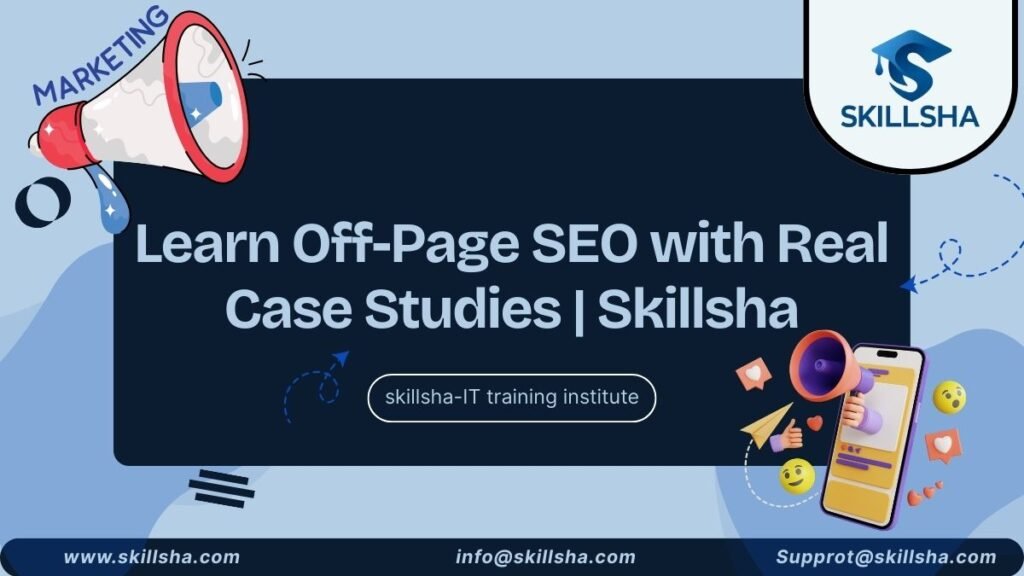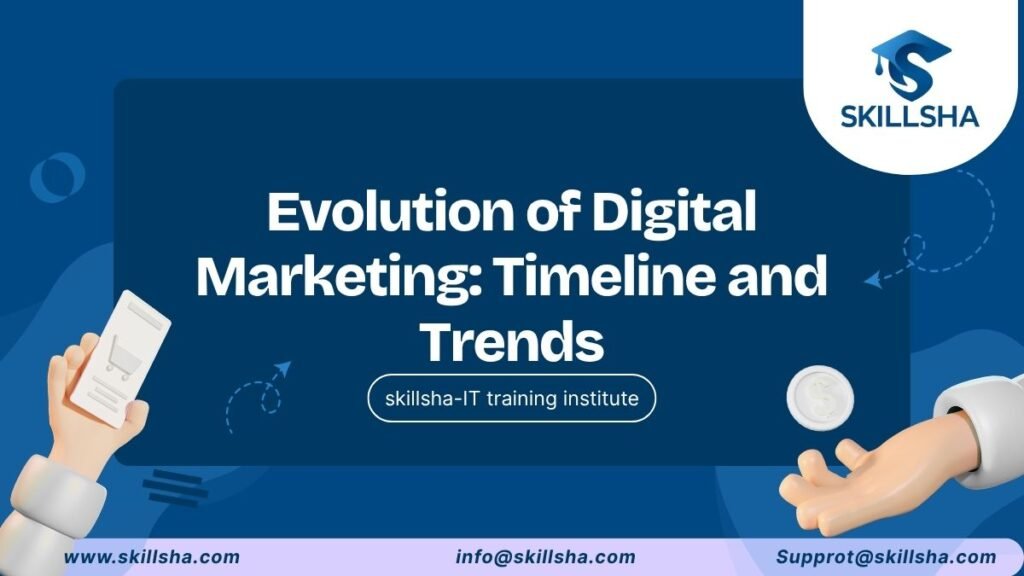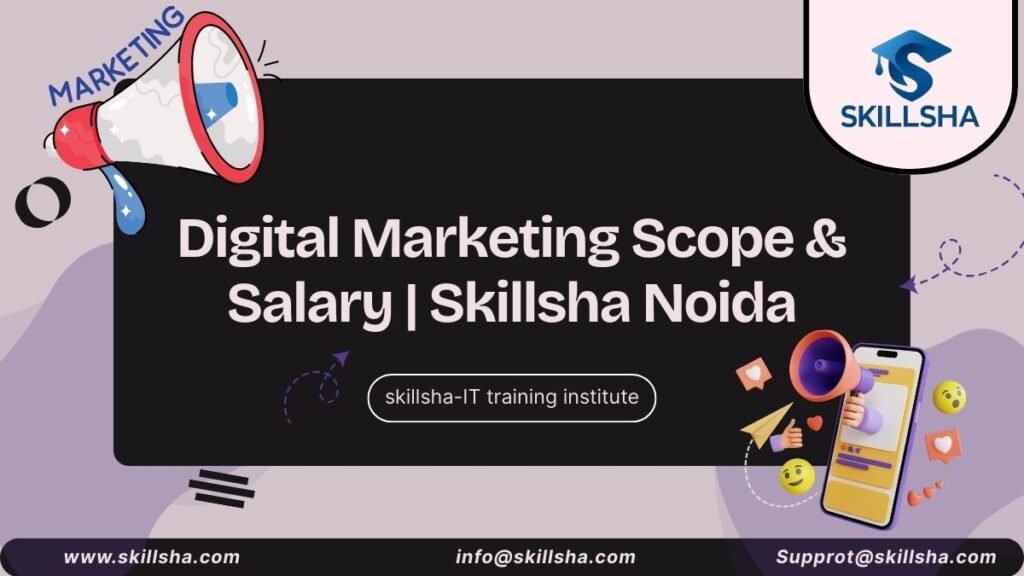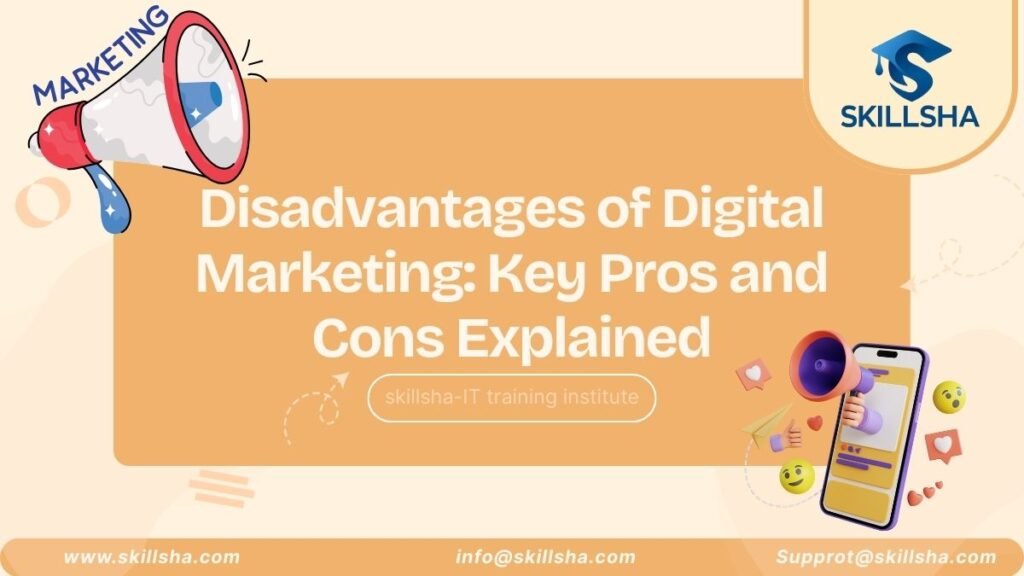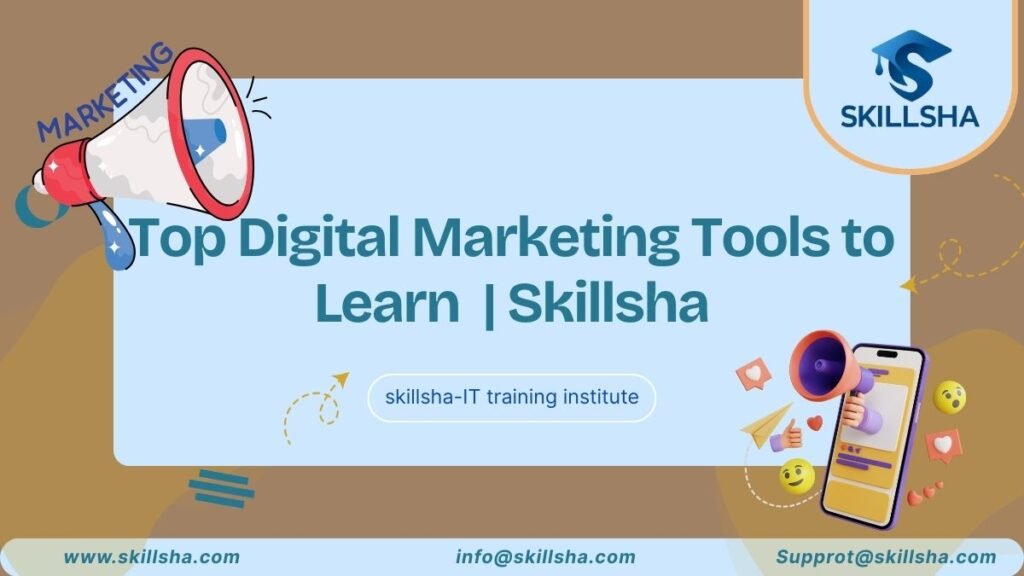Seeing real-world SEO in action is way better than just hearing about it. When I was learning off-page SEO, I felt lost in basic advice that sounded good, but I had no idea how to use it. That’s when I realized how helpful case studies are, because you can see how sites built up authority, got good backlinks, and ranked higher with smart off-page moves.
Off-page SEO is all the stuff done outside your website that changes your search rankings. You can’t control these things like the stuff on your site, but knowing how to work them helps sites get seen, not struggle in search results.
Whether you’re learning through a course or from different places, case studies give you the hands-on info to turn book smarts into things you can really do. Let’s look at some off-page SEO wins and learn what you can use for your own work.
Case Study 1: How a Local Business Dominated Local Search
This little accounting firm in Denver had a problem. They were great with clients, but their website wasn’t getting them noticed in local searches like Denver accountant. They needed to prove to Google that they were a real player in the Denver area.
So, here’s what they did: First, they made sure their Google My Business profile was perfect. They added all the important details, great photos, and made sure their info was the same everywhere online. They also got happy clients to write reviews.
Next, they listed their business on sites like Yelp and Yellow Pages, making sure their name, address, and phone number were exactly the same everywhere.
Then, they started writing blog posts that locals would care about – stuff about Colorado tax laws and Denver business stuff. This got them links from local groups and other businesses.
They also got involved in the community, sponsoring little league teams and giving free tax advice at the community center. This got them mentioned in local newspapers and blogs.
It worked! In less than a year, they were at the top of local search results. Their Google My Business profile was popping up all over the place, and their website traffic exploded. The best part? They got twice as many new clients.
Places such as Skillsha use this story to show how doing the right things offline can really boost your online presence, even if you’re up against bigger competitors.
Case Study 2: Content-Driven Link Building Success
Okay, here’s a more human-sounding rewrite of that text:
A software startup with some cool project management tools had a tough time getting noticed. Big, established companies already owned the market. They had a great product, but their website was new and basically invisible to search engines, so ranking for important keywords was almost impossible.
They knew regular ads wouldn’t work against bigger competitors who had a ton of money, so they put their effort into content and getting links from other sites. Their goal was to become the go-to place for project management info.
They started creating super useful content based on original research and real data. Instead of just repeating the same old advice, they surveyed project managers in different fields, looked at how productivity was trending, and released reports with stuff people could actually use.
Their first big thing was a study about remote team productivity. They surveyed over 500 project managers about problems with working together and possible fixes. They spent time collecting data, checking it out, and making the results easy to understand.
When they reached out to people, they did it carefully and tried to be helpful. Instead of just shouting about their research, they found reporters, bloggers, and publications that usually write about workplace productivity. Then, they sent personalized emails pointing out specific findings that would interest each audience.
The media started paying attention, with mentions in places like Fast Company and Harvard Business Review, which linked to their research. These links from trusted sites helped their search rankings right away and made it easier to get more coverage later.
Experts in the field also shared their stuff on social media, which got them even more attention. Posts on LinkedIn from respected project management folks sent a lot of people to their site and led to more links from blogs and forums.
After a year, their content strategy made a big difference. Their website’s authority went up, they started ranking high for important keywords, and website traffic jumped way up. More importantly, the people visiting their site were actually interested in their product, which led to more sign-ups and paying customers.
This shows how startups can take on bigger companies by making really good content that earns links and builds authority over time.
Case Study 3: Digital PR Campaign That Generated Massive Coverage
Okay, here’s a more human-sounding version of that text:
A company that sells eco-friendly stuff for your house wanted more people to know about them and rank higher on Google for keywords related to green products. They had great products, but weren’t as well-known as bigger websites and stores.
So, they did a PR campaign to get noticed. They made interesting content that news outlets and blogs about the environment would want to share. They did a survey about plastic waste in homes, asking people about what they do to be sustainable and what worries them about the environment.
The survey had some surprising facts about how people use plastic and what they think about eco-friendly options. Instead of just writing a blog post, they made cool stuff like infographics, videos, and a tool where people could see how much plastic waste they create.
They first contacted reporters and magazines that focus on the environment. Then, they contacted more general magazines about lifestyle and families. The idea that people could see their own plastic waste footprint worked well with many different types of publications.
Environmental blogs wrote about it first. Then, bigger news outlets like USA Today and local newspapers started writing about it too. All the articles linked back to their website.
People shared the plastic waste calculator on social media. Environmental influencers also shared the survey, which made even more people link back to the company’s website.
The campaign got over 200 good backlinks from different places like news sites, environmental blogs, schools, and government sites. This increased their website’s authority and helped them rank higher for keywords like eco-friendly household products.
Besides getting better search rankings, the company became known as a leader in sustainability. This led to speaking gigs, partnership requests, and good relationships with the media that got them even more coverage later on.
Folks in programs like Skillsha’s digital marketing course look at this as an example of how creative content can get a lot of media coverage and backlinks at the same time.
Learning What Works from Success Stories
Looking at how off-page SEO works in the real world, some things pop up again and again, no matter what kind of business you’re in. Knowing these things can assist you design better plans for your own site.
Putting value first is way better than just pushing your product. Every successful plan focused on giving people something real before asking for links or attention. This builds belief and makes people actually want to share what you’ve got.
Sticking with it and being patient is key for the long haul. None of these plans blew up overnight. However, continuing for months and years paid off big time, seriously boosting how visible they were online and their business.
Getting to know people opens doors that keep opening. The best plans concentrated on making real connections. These kept bringing in links and shout-outs way after the first attempts to reach out.
Being relevant to your field counts more than just having a high score. Links and shout-outs from sites that really relate to what you do generally give you a bigger SEO boost than links from random high-profile sites.
Students in programs like Skillsha’s digital marketing course find out that doing off-page SEO well means mixing different methods and keeping at it. You can’t just expect one plan to give you instant success.
Conclusion
Looking at real-world examples is a great way to figure out what works for off-page SEO. The trick is to pick strategies that fit your business, what you can afford, and who you’re trying to reach, and then keep at it.
Whether you’re taking a digital marketing class or teaching yourself, keep in mind that good off-page SEO takes time. Begin with what you’re already good at. Then, slowly try new things as you learn and start seeing progress.
The main thing I learned from these examples is that off-page SEO success comes from truly helping your industry and the people in it. If you concentrate on making real friends, making good stuff, and being helpful, the SEO stuff will take care of itself.
Frequently Asked Questions (FAQs)
Q1: How long do off-page SEO campaigns typically take to show results?
A1: Most campaigns show results in 3–6 months, with major improvements after 8–12 months of consistent effort.
Q2: Which off-page SEO strategy works best for small businesses?
A2: Local SEO, online reviews, and community engagement usually deliver the best results for small businesses.
Q3: How do I measure the success of my off-page SEO efforts?
A3: Track domain authority, backlinks, organic traffic, keyword rankings, referral traffic, and brand mentions.
Q4: Should I hire an agency or manage off-page SEO internally?
A4: Agencies help with complex strategies, while small businesses can handle local SEO internally with proper training.
Q5: What’s the biggest mistake businesses make with off-page SEO?
A5: Focusing on link quantity instead of quality. Real success comes from relevant backlinks and building trust.
Q: How long do off-page SEO campaigns typically take to show results?
A: Most campaigns show initial improvements in 3-6 months, with significant results typically appearing after 8-12 months of consistent effort. Patience and persistence are essential.
Q: Which off-page SEO strategy works best for small businesses?
A: Local SEO and community involvement often provide the fastest results for small businesses, followed by industry-specific content creation and partnerships.
Q: How do I measure the success of my off-page SEO efforts?
A: Track domain authority growth, backlink acquisition, organic traffic increases, and ranking improvements for target keywords. Also monitor referral traffic and brand mentions.
Q: Should I hire an agency or handle off-page SEO internally?
A: This depends on your resources and expertise. Complex campaigns often benefit from professional help, while simpler local SEO efforts can be managed internally with proper training.
Q: What’s the biggest mistake businesses make with off-page SEO?
A: Focusing on quantity over quality and expecting immediate results. Successful off-page SEO requires building genuine relationships and providing real value over time.

